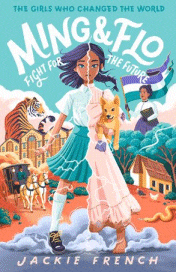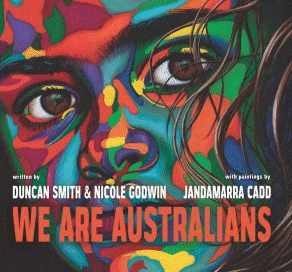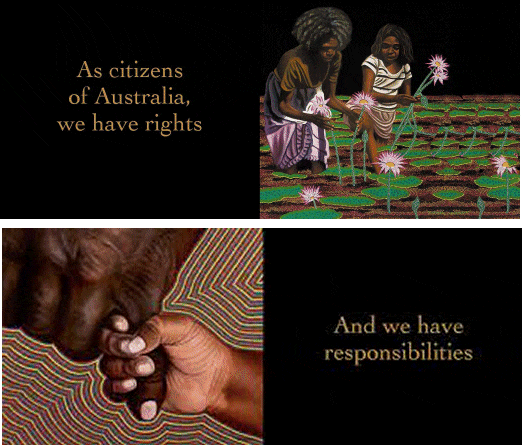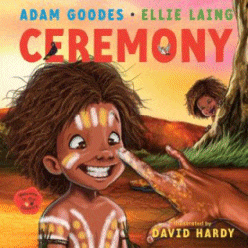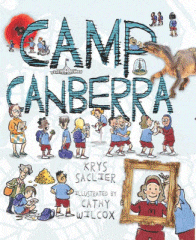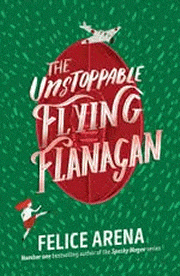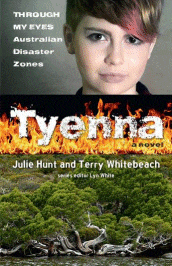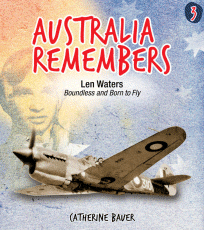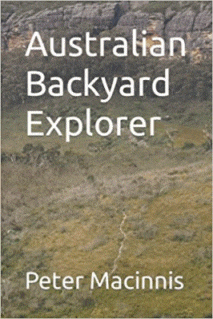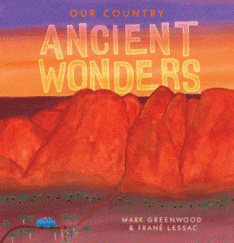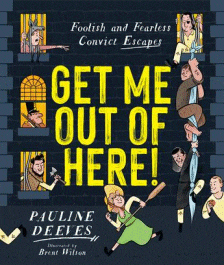
Get Me Out of Here!
Get Me Out of Here!
Foolish and Fearless Convict Escapes
Pauline Deeves
Brent Wilson
A & U Children’s, 2022
64pp., hbk., RRP $A29.99
9781760526993
The publisher’s blurb for this fascinating book reads … “
Full of crims, crooks and rascally runaways, this fun and light-hearted non-fiction title is a colourful celebration of our convict past Meet the convicts behind Australia’s most rascally, dastardly prison escapes. Gifted geniuses or total goofballs? You be the judge! Featuring Moondyne Joe, Mary Bryant, and a guy who put on a kangaroo skin and hopped away (literally), this fun and engaging collection brings our country’s early colonial past to life.”
And, indeed, it is a ‘fun and engaging’ read for older students who want to know the stories behind the stories of some of those whose names have become a familiar part of our history,
But, IMO, the ‘fun and engaging’ is found in the stories surrounding the stories behind the stories, which reflect that author’s experience as a teacher librarian and an understanding of not only how students like to read but what they want to know.
To begin, each person’s story is told as a narrative, some in the first person, and as well as their story, there is also a short explanation of what happened to them after their exploits – whether their escape was successful, they were caught and punished or… There are also two pages of Fun Facts after each chapter that expand on the circumstances of the time. For example Mary Bryant ‘s story is followed by information about female convicts and alerts the reader to other stories that could be followed, while others include explanations of vocabulary and other tidbits that add colour and interest. There are the usual glossary and index as well as suggestions for further research that offer other child-friendly books to explore.
Each chapter is set on bold background colours with lots of cartoon-like illustrations that will appeal widely.
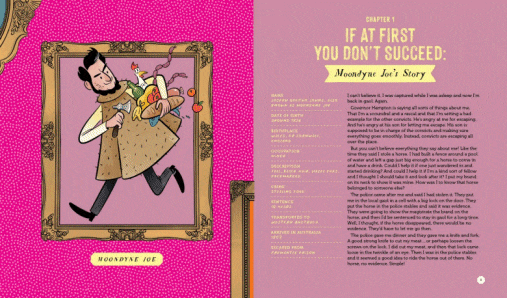
A peek inside…
All in all, this is an intriguing book that will add insight and understanding into our past in a way that is not the usual dry recounts full of facts and figures.
